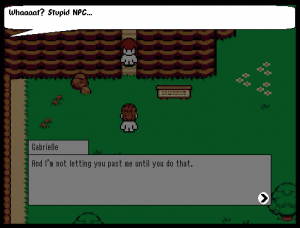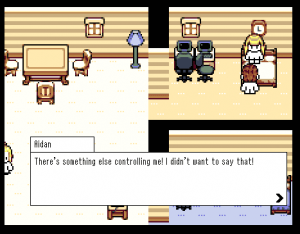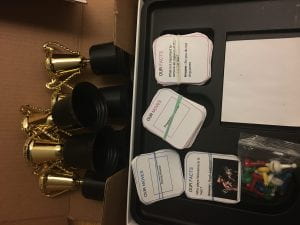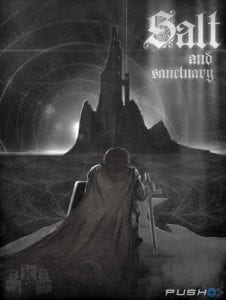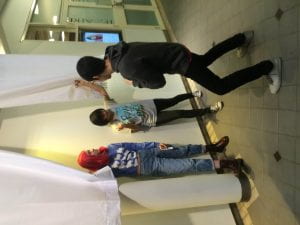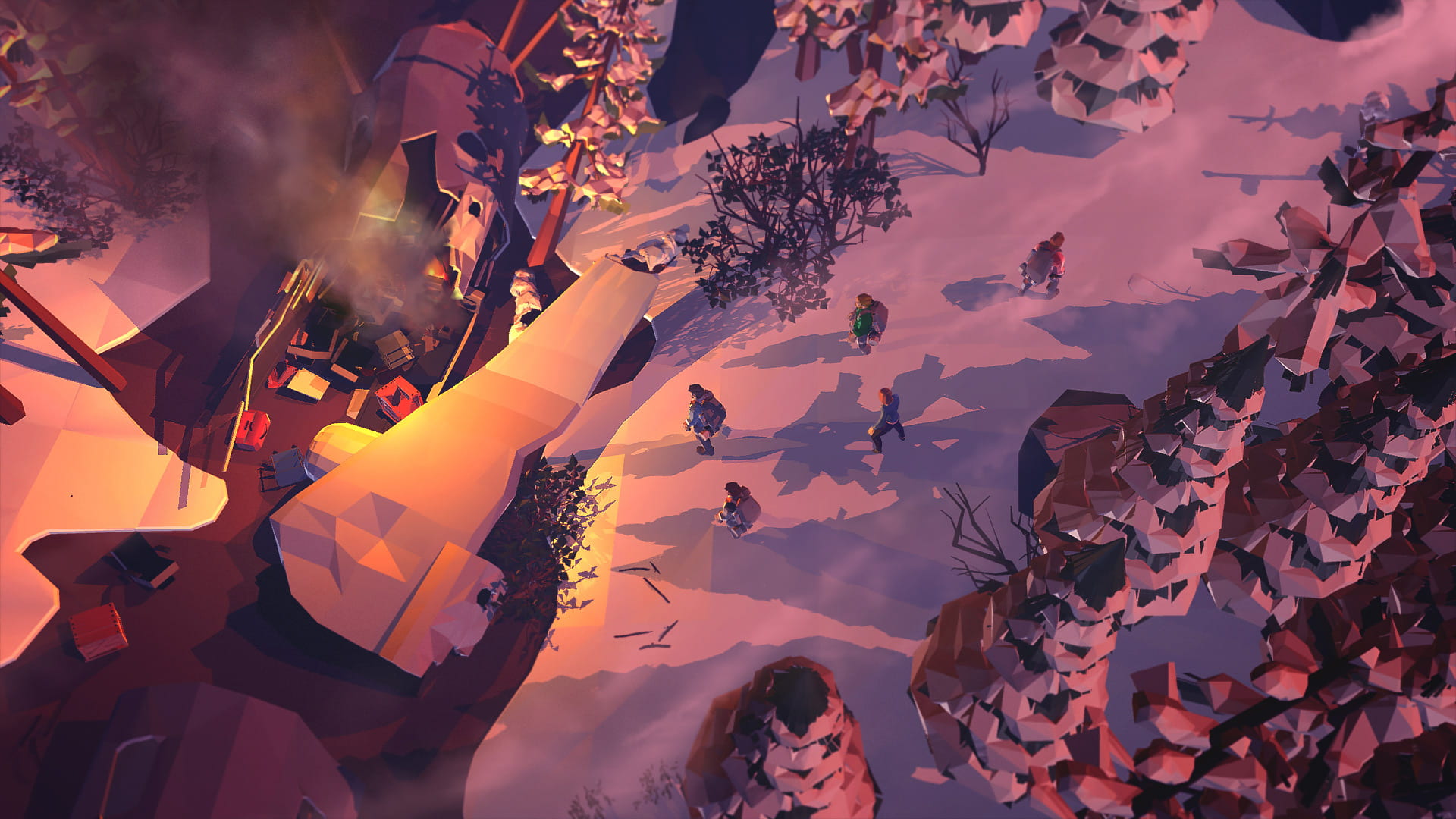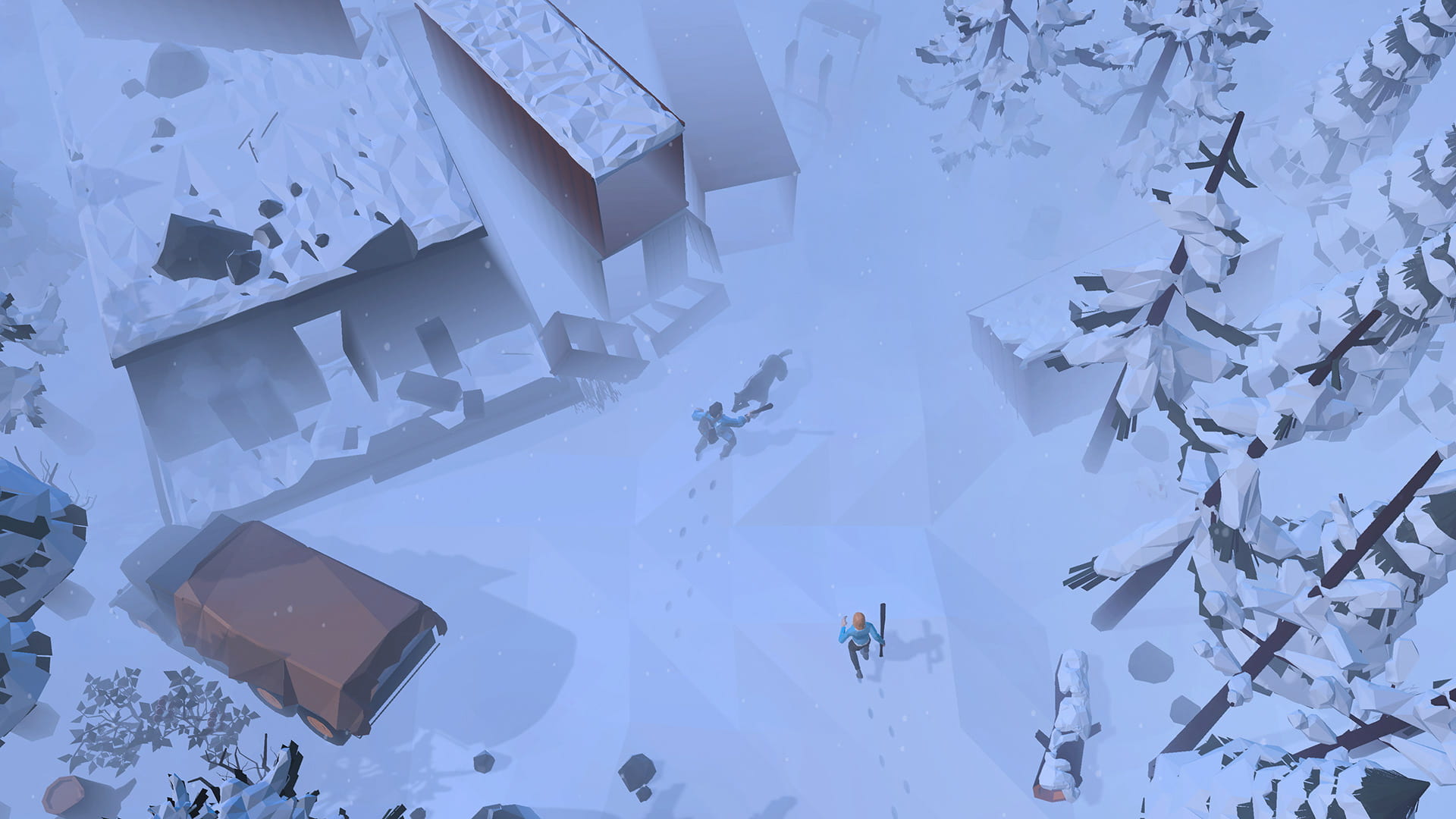For my final project, I want to add another cutscene / series of events in the town to my game The Second Mind.
Basically, the game is about AI, teaching, control. The main character is an AI, and you can control him whenever you want. the main mechanic is teaching the main character to solve puzzles, defeat enemies, and more. In terms of control, the Narrator basically controls everything in the game (outside of AI Mode and player movement). And even then, you control the main character against his will.
The feelings that I would express would be empathy, futility and helplessness. Sometimes, the Narrator can control you against your will. It does not care for the sidequests where you help the townsfolk, so it intentionally tries to prevent you from doing them. For example, it would give you all ‘bad’ dialog options, and you would have to pick one. And for certain characters, you would need to talk to them in order to make them feel better. With the Narrator actively harming this, it creates the feelings of helplessness and longing, and you wish you could actually help the NPC by saying the right things, but you just can’t.
For this version, I added two cutscenes. The second one expresses the futility and empathy that I wanted to. You are tasked with keeping one of your friend’s hopes up, but the Narrator gets in the way of this (by giving you bad dialog options) and it causes a scene.
Players thought that one of the main themes was ‘lack of player control’. This is an overarching theme of the game, but I wanted people to feel the empathy more. Someone mentioned ‘the illusion of options’, and described the character as being an ‘accidental asshole’ because of the Narrator’s dialog choices. That same person did not like the fact that all of the dialog options were bad, and it’s ‘stripping control from the player’. That is intended, although the game needs to not be explicitly frustrating to play.
Most players did not use AI mode in dialog, even though you could (and it theoretically leads to better dialog answers). This is something I should explain better.
Many people laughed at either the actions and dialog of the Narrator, or the lack of choices that you had. The Narrator is supposed to be a funny character, but I think this might conflict with the feelings I want to evoke with this sequence. I’ll have to look into that more.
I had one playtest that went exactly how I wanted. My playtester laughed at some of the Narrator dialog, tried to use AI choices (especially when the Narrator prevented it), and verbally expressed their distress at being forced to say things that were bad to say. Emotions expressed were ‘sadness, distress, anxiety’ and they wanted to ‘try to fix this poor man’s life’. More people expressed this sadness at viewing bad dialog choices. I think this playtest went well, but I have to tweak a couple things.
